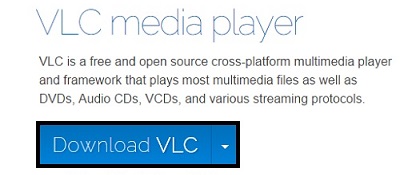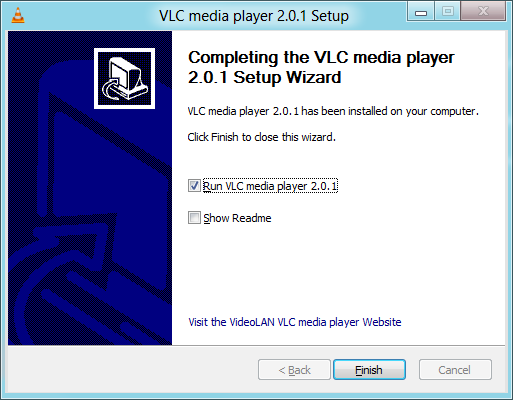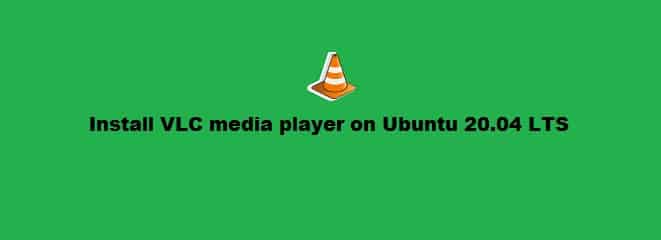

It has support for almost any type of video output from DVDs to VCDs and YouTube videos it can go over the internet or local area networks (LAN), play audio CDs with CD+G enabled.
#Install vlc free
and if you want to get more details about VLC, and you can visit its official page.VLC Media Player is a free and open-source media player that plays most multimedia files as well as discs, devices, and network streaming protocols.
#Install vlc how to
You should know that how to install VLC Media Player on CentOS 7 Linux system.
#Install vlc update
If you would like to update VLC Media Player to the latest version or a new version is released from its official side, and you can update it through your desktop software update tool or just run the following command in your terminal interface: $ sudo yum udpate vlc You can now launch the VLC player either from the command line interface by running the following vlccommand or by clicking on Applicationsmenu, then click on “ Sound & video” menu, click on “ VLC media player” icon to start VLC.

Step4: launch the VLC Media Player on CentOS 7 Once VLC is installed successfully on your system, and you can use the following rpmcommand with -q option to verify it. Loading mirror speeds from cached hostfile Now you can install VLC Media player package using yum command on your CentOS 7 Linux system, type the following command: $ sudo yum install vlc Step3: install VLC Media Player on CentOS 7 Updates/7/x86_64 CentOS-7 - Updates - 1,134įrom the above outputs, you can see that rpmfusion-free-updates repo has been enabled. Rpmfusion-free-updates/x86_64 RPM Fusion for EL 7 - Free - Updates 247 Mysql57-community/x86_64 MySQL 5.7 Community Server 444 Mysql-tools-community/x86_64 MySQL Tools Community 115 Mysql-connectors-community/x86_64 MySQL Connectors Community 165 You can verify all repo list by run the below command: $ yum repolist One RPM Fusion repo file should be created under the /etc// directory. Rpmfusion-free-release noarch 7-4 /rpmfusion-free-release-7.noarch 3.6 k > Package rpmfusion-free-release.noarch 0:7-4 will be installed Marking /var/tmp/yum-root-qXxyZY/ to be installed | 6.3 kB 00:00:00Įxamining /var/tmp/yum-root-qXxyZY/: rpmfusion-free-release-7-4.noarch Repository epel-source is listed more than once in the configuration Repository epel-debuginfo is listed more than once in the configuration Repository epel is listed more than once in the configuration

You need to install RPM Fusion repository package on your CentOS 7 Linux for installing VLC media player, type: Name=Extra Packages for Enterprise Linux 7 - $basearch - Source Name=Extra Packages for Enterprise Linux 7 - $basearch - Debug Gpgkey=file:///etc/pki/rpm-gpg/RPM-GPG-KEY-EPEL-7 Metalink=$basearch&infra=$infra&content=$contentdir Name=Extra Packages for Enterprise Linux 7 - $basearch Once epel package is installed, it will create epel repository files under /etc// directory. To install EPEL repository, just do the following steps: $ sudo yum install epel-release -y

And the RPM Fusion repository depends on the EPEL repository. Since VLC packages are available in the RPM Fusion repository. To install VLC Media Player on your CentOS 7 Linux system, and just do the following steps: VLC Media Player is also available for Desktop operating systems and mobile platforms, such as: Window phone, Android, IOS and Tizen.īefore installing VLC Media Player on your CentOS 7 Linux system, and you need to make sure that you are logged in as a user with sudo privilege so that to be able to install packages.īefore launch VLC Player, you need to make sure that a graphical environment is installed on your CentOS 7 system, so that you can be able to use VLC media player.


 0 kommentar(er)
0 kommentar(er)
